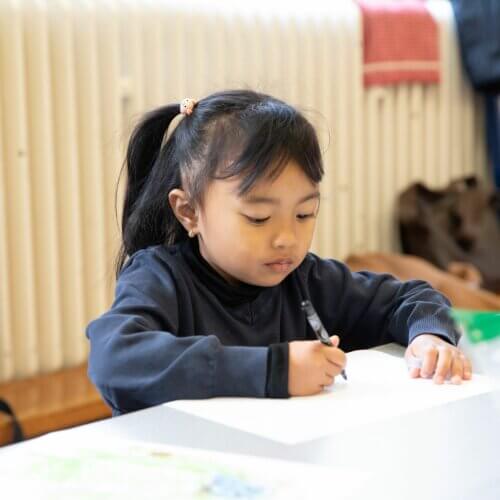This year’s official government figures reveal that a further 100,000 children and young people have been pushed into poverty over the course of a year, taking the overall child poverty figure to 4.3 million. This means we are back to the same level of child poverty as before the pandemic; the largest child poverty rate on record.
Why has poverty increased?
The main reason why child poverty increased during 2023 was due to people’s income not keeping up with inflation, with energy and food costs rising to extremely high levels. This has had a substantial impact on families’ budgets, especially for low-income families, as food cost make up a significantly higher proportion of these families’ income. The most deprived fifth of the population would need to spend half of their disposable income on food to meet the cost of the Government’s recommended healthy diet, compared to just 11% of the disposable income of the richest fifth.
According to the most recent data, almost one in three (30%) of all children and young people living in poverty were also food insecure, which is a dramatic 9 percentage point increase from 2022. This also means that the number of children and young people living in food insecurity was higher in 2023 compared to any of the previous three years.
We know that the cost of living crisis has had a detrimental impact to the lives of children and young people. According to our survey of pupils and their parents/caregivers, 76% of families were not able to get enough healthy food to eat and over one in ten (12%) pupils said they did not have breakfast in the morning because there was nothing to eat at home.
I am spending way too much on my electricity meaning I’m spending less on food. The food prices have gone up so much that I’m buying less food meaning I have gone to a food bank because it’s got that silly.
Maggie, Parent, South West*
What can be done?
Worryingly, the increase in child poverty from 2022 to 2023 has happened despite the government introducing multiple schemes aimed to support the most vulnerable families against the cost of living crisis. This speaks to the fact that short-term interventions are not sufficient in reversing the trend of rising child poverty in the UK.
However, bucking this trend is possible, but it relies on a significant government effort. A social security system that includes targeted policies and sufficient funding is the first step to solving the issue. During the pandemic, we saw that the temporary uplift to Universal Credit help lift hundred of thousands of children and young people out of poverty. Similarly, the impact of the Scottish Government’s roll out of the Scottish Child Payment has ensured the Scottish poverty rate remain lower compared to the rest of the UK. However, this year’s government figures reveal that the child poverty rate in Scotland has also increased, making the aim of reducing child poverty to less than 10% within 2030 a monumental task.
It is in everyone’s interest to put our minds and effort into reducing child poverty and hunger. We need to see an immediate course of action taken by both the UK Government and the Scottish Government to ensure progressive and targeted policies are put in place with the end goal of ensuring all children and young people can thrive.
* Please note that the name mentioned in this quote is fictional.






